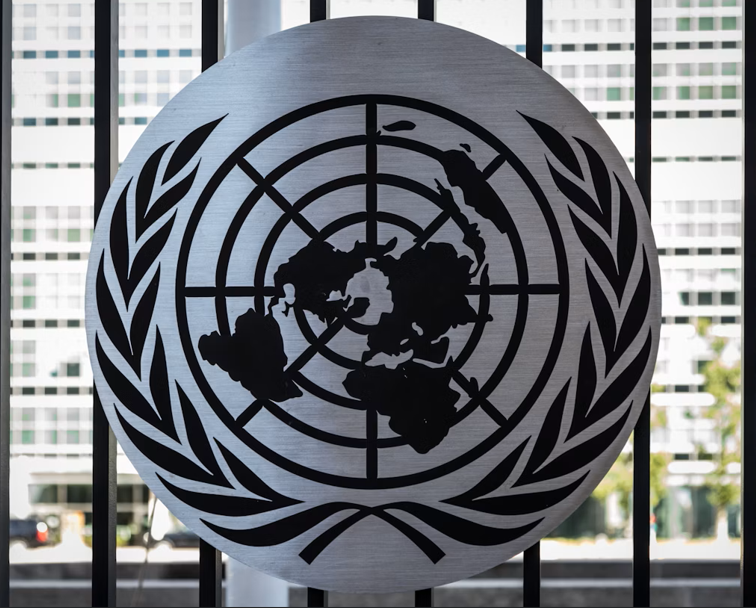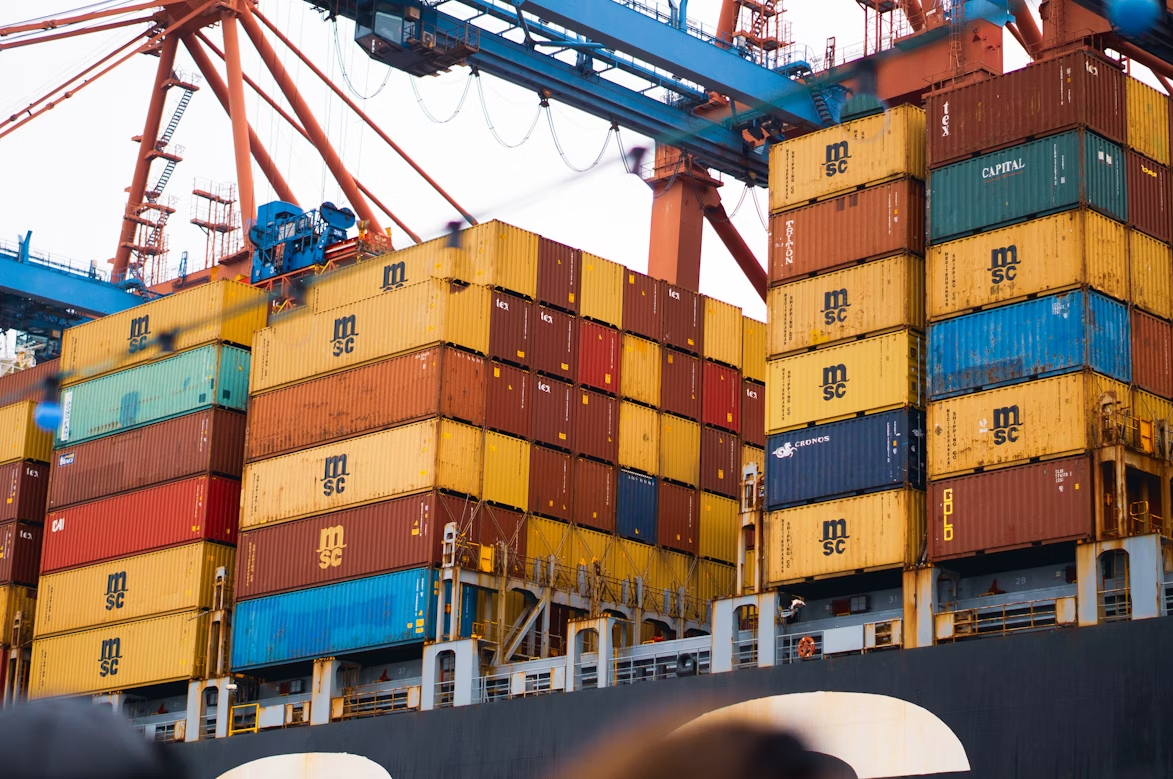In May 2025, the member States of the World Health Organization (the “WHO”) adopted a new pandemic treaty. This historic step echoes Volterra Fietta’s own proposals, from the outset of the COVID-19 pandemic, for a new, legally binding global treaty on pandemic suppression and preparedness.
Background
On 16 April 2025, after three years of negotiations, the WHO’s Intergovernmental Negotiating Body (the “INB”) reached long-awaited consensus on the draft text of a new pandemic treaty, the WHO Pandemic Agreement. On 19 May 2025, the WHO’s member States formally adopted the WHO Pandemic Agreement by unanimous vote, in what WHO Director-General Dr Tedros Adhanom Ghebreyesus hailed as “a victory for public health, science and multilateral action”.
The new WHO Pandemic Agreement was finalised after some 13 formal rounds of meetings of the INB, first established to develop the new treaty in December 2021. At the time, Dr Tedros had noted “the many flaws in the global system to protect people from pandemics”, including the “‘me-first’ approaches that stymie the global solidarity needed to deal with a global threat”.
Key provisions and next steps
The WHO Pandemic Agreement aims to strengthen global pandemic prevention, preparedness and response, including by addressing structural inequities. Key components of the treaty include: enhanced pandemic surveillance; a new pathogen access and benefit-sharing system; capacity-building and regulatory strengthening; technology and knowledge transfer; a coordinating financial mechanism; and a potential new global health emergency workforce. In the event of a pandemic emergency, the treaty contemplates that participating manufacturers will make available to the WHO, on “donation” and “affordable price” bases and certain minimum “rapid access” levels of their real-time vaccine production.
The WHO Pandemic Agreement enshrines a “One Health” approach, with specific commitments to identify and address infectious disease at the human-animal-environment interface. It also establishes a new global supply chain and logistics network to facilitate pandemic-related product supply. At the same time (and unsurprisingly), the new treaty expressly reaffirms “the sovereignty of States in addressing public health decisions”.
To enter into force, the new treaty must receive at least 60 ratifications. However, despite its historic adoption, it will not open for signature until one of its most controversial aspects is resolved – namely, a separate annex to the treaty that will govern its Pathogen Access and Benefit-Sharing (“PABS”) system. That annex is set to be negotiated by a newly established Intergovernmental Working Group and, in theory, submitted to the WHO’s member States for consideration in 2026.
Comment
In spring 2020, as States around the world closed borders and grappled with the emerging COVID-19 pandemic, Volterra Fietta’s lawyers were among the first to advocate for a new and legally binding global treaty on pandemic preparedness. As Volterra Fietta wrote in The Times in April 2020, the global community had failed to learn from previous pandemics. Then, as today, the WHO’s 2005 International Health Regulations (the most relevant and recent global infectious disease instrument to date) were purely non-enforceable. Without mechanisms to ensure compliance, they remain largely subject to State self-assessment as their main monitoring mechanism.
In contrast, the new Pandemic Agreement contains obligations that are legally binding in nature. The treaty further establishes a new Conference of Parties to perform ongoing review and monitoring of the treaty’s implementation and function.
As Volterra Fietta wrote in 2020, “effective mechanisms are needed to ensure global co-operation in early detection and reporting, sharing information and technology, supporting development of all countries’ health capabilities and rapid creation of vaccines.” The historic adoption of the WHO Pandemic Agreement brings these mechanisms one step closer to fruition. The treaty’s compromise text carefully balances the need for coordinated and equitable international response to pandemics with concerns around State sovereignty and intellectual property rights. Notably, the treaty makes clear that technology transfer is to take place on a “willing undertaken” and “mutually agreed” basis.
At the same time, negotiations on a new annex on the controversial PABS system are only just beginning. Elections of members of the new Intergovernmental Working Group tasked with negotiating that annex are set to take place by July 2025. It remains to be seen whether the new Working Group and, eventually, the WHO’s member States themselves reach consensus or deadlock over the forthcoming PABS annex. Unless and until that annex is adopted, the new WHO Pandemic Agreement cannot yet open for signature.
Volterra Fietta’s previous writing and proposals for a new pandemic treaty include:
- “We have failed to learn from previous pandemics”, The Times, April 2020
- “Could the COVID-19 pandemic inspire the development of a United Nations Convention on Pandemic Suppression?”, April 2020
- “Virtual Seminar: COVID-19 and Creation of a Convention on Pandemic Suppression (COPS),” April 2020
- “Covid-19 and the International Health Regulations”, Investors in Healthcare, May 2020
- “Is it time for the creation of a Convention on Pandemic Suppression (COPS)?”, July 2020
- “World leaders call for an international treaty to respond to future pandemics”, July 2021
- “World Health Organization takes first steps towards a pandemic treaty”, December 2021
- “The Pandemic Prevention, Preparedness, and Response Accord: Progress and Challenges”, August 2024
For further information, please contact info@volterrafietta.com.



